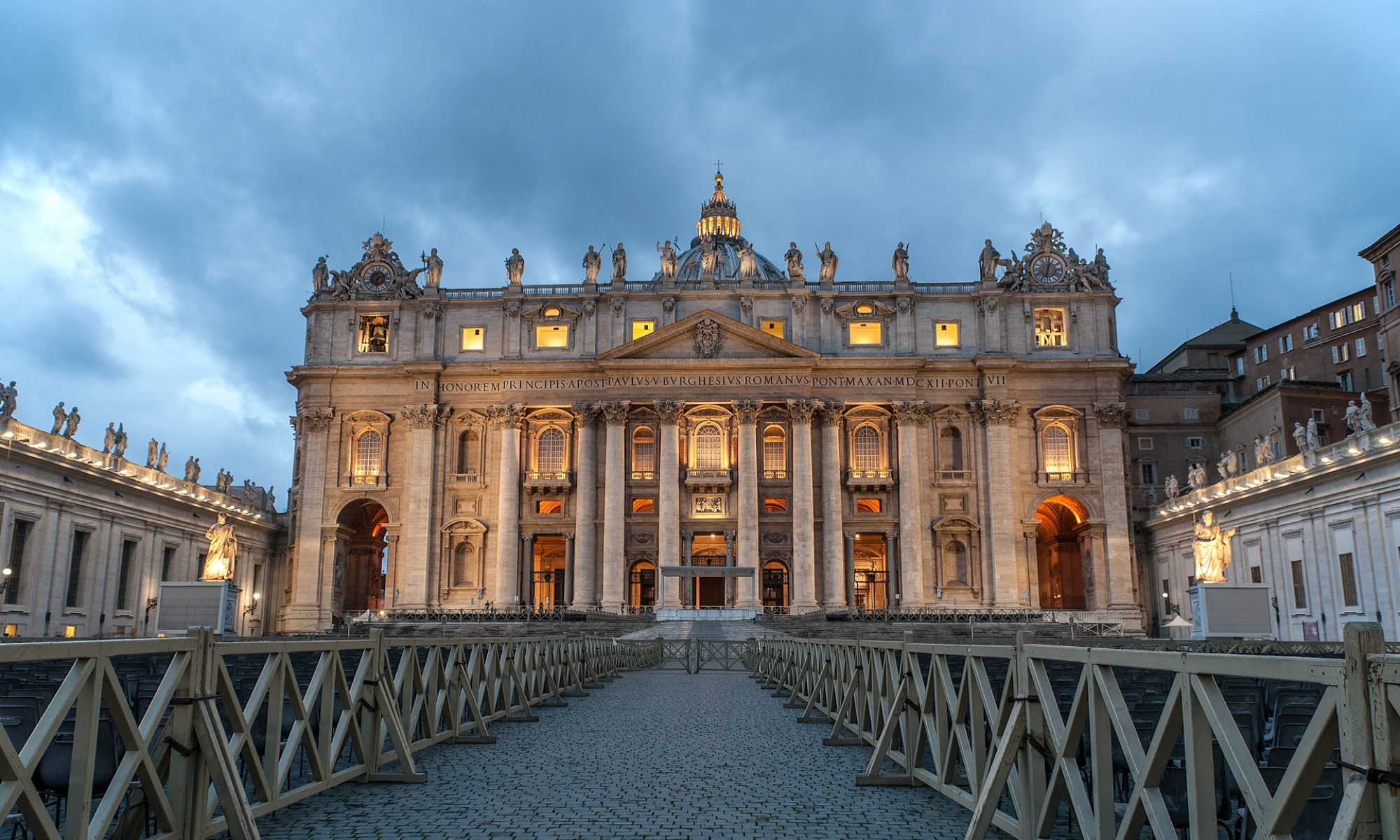Atheism has been at the center of the RC Church’s worries since the time of the Counter-Reformation. During the peak of the clash between the Enlightenment and the Vatican in the XIX century, Pope Pius IX issued the Syllabus (1864) in which “atheism” was added to the dreadful list of modern mistakes. A century later, Vatican II inaugurated a milder approach to atheism by attempting to engage its adherents in dialogue and to listen to their concerns. Gaudium et Spes – one of the Council’s main documents – addressed the issue of atheism in nuanced terms, challenging the church to go beyond mere confrontation. A Vatican Secretariat for the dialogue with Non-Believers was formed in 1965, then in 1988 it was turned into a Pontifical Council (a higher status) and eventually merged with the Pontifical Council for Culture (1993). After the fall of Communism, that had proclaimed “God is dead”, it seemed that atheism was going through a steady decline in appealing to present-day society as an alternative to traditional Christianity. More than atheism, however, the religion of our time seemed to be a new form of idolatry, i.e. egolatry (the cult of the self). But September 11, 2001 changed once more the tide in the West. As a reaction to the resurgence of religious-political fanaticism, a new and rampant atheism has become vocal and is capturing media interest and the imagination of the youth. It is a highly ideological and very antagonist form of atheism. What is the RC Church doing to confront this challenge on a global scale? One attempt is called the “Courtyard of the Gentiles”.
A symbolic place for meeting “strangers”
The choice of the name (Courtyard of the Gentiles) brand is highly evocative. The Second Temple in Jerusalem had a courtyard where the “gentiles” were allowed in. It was a place of meditation, listening, observation and dialogue, as well as a place of business (e.g. Jesus was not happy with its transformation into a market-place). Priests and scribes often gathered there to meet and dialogue with inquiring foreigners. The new initiative of the Pontifical Council for Culture wishes to set up an itinerant courtyard to become a place of dialogue with atheists in a spirit of mutual respect and desire to engage in meaningful exchange. Cardinal Gianfranco Ravasi, an erudite biblical scholar and able communicator, is the head of the Pontifical Council for Culture and the main inspirer of the “Courtyard of the Gentiles”. In his project, the first phase will try to involve those atheists who are perhaps as serious as believers in asking fundamental questions about God, life, evil, freedom, etc. The harshest and most offensive atheists (à la Richard Dawkins, for example) are for the moment outside of the Courtyard’s radar. It should be noted, however, that both practical and militant atheists are a top priority on the RC Church’s agenda.
The “catholic” scope
The first event was in Paris (24-25 March 2011) where the three-day initiative involved UNESCO, the Sorbonne and the Institut de France on the general theme of “Enlightenment, religions and common reason”. Academic events, festivals and concerts, among other things, were all part of the Courtyard. The hope is that it will become a catalyst for further and on-going opportunities for dialogue with non-believers. Of course local RC parishes and other RC movements will be all involved. Churches will be open and prayer vigils will be organized. Academics and Taizé groups, cardinals and fringe intellectuals, pop music bands and vanguard artists, celebrities and ecclesial movements, liturgies and hyper-technological shows…will all be on display, demonstrating the catholicity of the RC Church in action. It will be a highly organized and well thought-out apologetic exercise in RC fashion, both elitist and popular, both traditional and innovative, both word-oriented and image-oriented, both Catholic and ecumenical. After Paris, the courtyard will be set up in Tirana (2011), Stockholm (2011), Prague (2012), Assisi (2012), Geneva (2012), Québec (2012), Marseille (2013), Moscow (2013), Chicago and then Washington (2013). The website has lots of information (www.atriumgentium.org) and gives an idea of the breadth of the project. Will it succeed, however, in bringing people back to the Church?
A test-case for Benedict XVI’s papacy
Pope Benedict XVI’s agenda has fully emerged , and is now being implemented. From the beginning of his pontificate he said that the secular and post-Christian West should be the primary target of the RC Church. Both baptized, non-practicing Catholics, and perhaps baptized yet un-believing people are the main target. The New Evangelization, on the one hand, and the “Courtyard of the Gentiles”, on the other, are the tools that will be used to try to make a difference in both camps. Ratzinger’s papacy will be largely measured around their success or failure.
Leonardo De Chirico
leonardo.dechirico@ifeditalia.org
Rome, 28th March 2011

